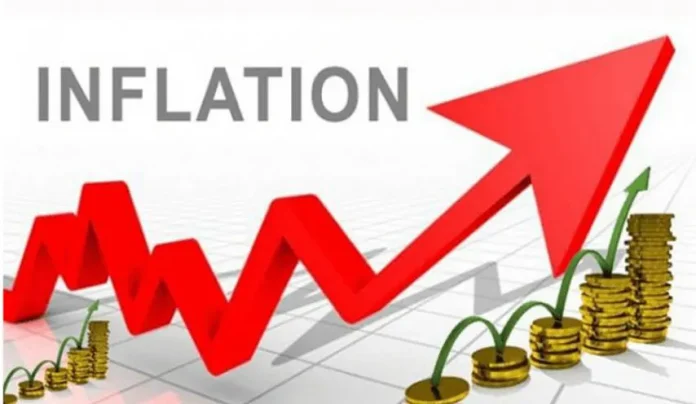LAHORE – Persistent double-digit inflation for more than one year has made the lives of hapless people miserable, not only in cities like Lahore and Karachi but also in rural areas.
Inflation reached 38 percent on year-on-year basis in May 2023, the highest level in the history of the country. Last month it was 36.4pc and in May 2022 it was 13.8pc.
Urban inflation increased to 35.1pc on year-on-year basis in May 2023 as compared to 33.5pc in the previous month and 12.4pc in May 2022. Rural inflation increased to 42.2pc on year-on-year basis in May 2023 as compared to 40.7pc in the previous month and 15.9pc in May 2022.
Consumer inflation is on the rise for the last one year. It was 13.4pc in April 2022 (12.2pc in urban and 15.1pc in rural) and 13.8pc in May (12.4pc urban and 15.9pc rural). In June inflation crossed the mark of 20pc and since then it has never dropped below this level. Consumer inflation was 21.3pc in June (19.8pc urban and 23.6pc rural), 24.9pc in July (23.6pc urban and 26.9pc rural), 27.3pc in August (26.2pc urban and 28.8pc rural), 23.2pc in September (21.2pc urban and 26.1pc rural), 26.6pc in October (24.6pc urban and 29.5pc rural), 23.8pc in November (21.6pc urban and 27.2pc rural) and 24.5pc in December (21.6pc urban and 28.8pc rural). Average inflation for the first six months of the ongoing fiscal year (July to December) was above 27pc. Inflation in rural areas, where more than two-thirds of the country’s people reside, has been considerably higher than the urban areas over the same period. This trend continued during the current year.
Inflation in January 2023 reached 27.6pc (24.4pc urban and 32.3pc rural) and 31.5pc in February 2023.
The data reported by the Pakistan Bureau of Statistics also shows a worrying upward trend in commodity prices. The data shows that food is now the biggest driver of inflation, with prices up by 35.5pc year-over-year. Food inflation in April 2022 was 15.6pc and 17.7pc in urban and rural areas respectively, it was 15.5pc and 19pc in May 2022, 24pc and 27pc in June 2022, 27.4pc and 29.6pc in July 2022, 28.8pc and 30.2pc in August 2022, 30.8pc and 32.7pc in September 2022, 34.7pc and 37.2pc in October 2022, 29.7pc and 33.5pc in November 2022 and 32.7pc and 37.9pc in December 2022.
In January 2023, food inflation in urban and rural areas was 39pc and 45.2pc respectively while it was 43pc and 49pc in February 2023.
Economists, business community and the masses have accused the government of not taking enough measures to support the economy, stabilise exchange rate and protect the rights of the consumers. They believe that prolong political unrest, inordinate delay in taking decisions and bad governance has brought the country to the verge of a default.
The economic indicators have reached such a low level which has never been attained even during COVID-19, past wars, massive earthquakes and floods.
Economists have warned even a tougher situation in the days to come due to aftershocks of drastic decrease in exchange rate of local currency against the greenback, increase in interest rate and electricity/gas tariffs and more strict taxation measures to please International Monetary Fund. They say that the inflation is already record high which will increase further due to the government measures aimed at enhancing tax collection.










